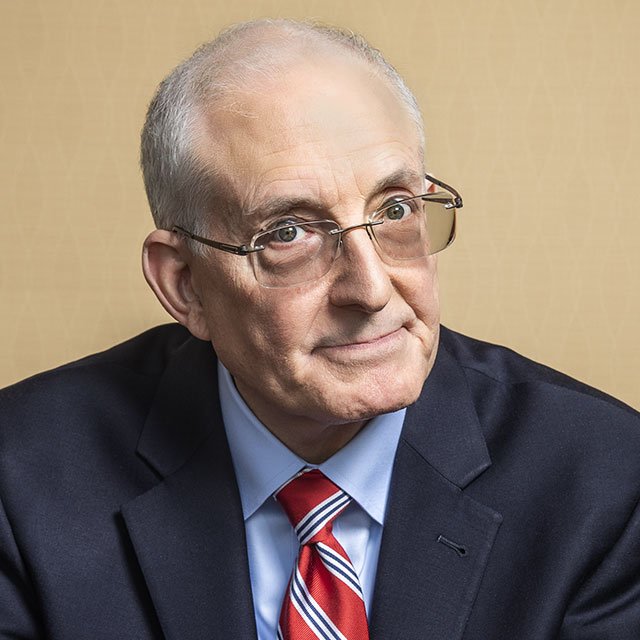Ed Slott: The IRA Conversation Advisors and Clients Must Have Now

Advisors should take advantage of today’s low tax rates — and “do Roth conversions while taxes are on sale!” according to Ed Slott of Ed Slott & Co.
Every advisor, Slott told ThinkAdvisor Tuesday, “should be having this conversation with their clients. This may only last for the next three years (2023, 2024, and 2025). After that, tax rates are scheduled to revert back up to previous levels.”
We caught up with Slott to get his expert advice on everything from missed required minimum distributions to the debt ceiling fight and its potential impact on Social Security benefits to the IRA advice advisors should be giving their clients now.
THINKADVISOR: What happens when people miss their RMDs?
ED SLOTT: There is a penalty for missing an RMD, both for IRA owners and beneficiaries.
For years, the penalty for a missed RMD had been 50% of the amount not taken. The Secure 2.0 Act changed this beginning this year (2023). The missed RMD penalty is reduced from 50% to 25%. Additionally, the penalty can be further reduced to 10% if the missed RMD is withdrawn during a correction window.
For most people, correction must be made by the end of the second tax year following the year for which the RMD was missed. The RMD would need to be taken and the 10% penalty paid during this window.
But the penalty can also be waived altogether by filing IRS Form 5329. The missed RMD must still be made up and you must provide a reason for the missed RMD, like medical issues, death in the family, confusion on the rules or incorrect advice.
While the changes to the RMD penalty are mostly good news for account holders who miss RMDs, there are still potential issues.
While Secure 2.0 leaves intact previous rules which allow an individual who missed an RMD to take the distribution and then use Form 5329 to request a waiver of the penalty, in the past, the IRS has been agreeable to granting these waivers. But it is unknown whether the IRS will continue their generous waiver policy now that Secure 2.0 has reduced the penalty.
Additionally, requesting a waiver may take some time, and the window could potentially close on the deadline to reduce the penalty from 25% to 10%. Some individuals may decide it is simpler to just pay the 10% penalty and be done with it. In the end, the penalty for a missed RMD may be smaller, but more retirement savers may end up paying it.
Advisors can help by monitoring RMDs for all clients, especially given the recent changes to the RMD rules, for both IRA owners and beneficiaries.
Secure 2.0 also directs the IRS to expand its Employee Plans Compliance Resolution System (EPCRS), which previously only covered employer plan errors, to also cover IRA errors. This provision of Secure 2.0 does not include a great amount of detail.
However, it does specifically mention that the expansion of EPCRS could be used to exempt a missed RMD from the penalty. How EPCRS will dovetail with the missed RMD correction process is still unclear.
Another change to the RMD penalty, effective now under Secure 2.0, is the establishment of a three-year statute of limitations for missed RMDs. That limitations period starts with the tax-filing deadline (not including extensions) for the year for which the RMD is missed. For those who do not file, the deadline would be the deadline for their return had they filed.
Before Secure 2.0, because Form 5329 is considered a stand-alone tax return, the statute of limitations did not start to run until that form was actually filed. This meant the IRS could potentially go back many years to assess a penalty for missed RMDs. Now, the IRS will be limited to a three-year lookback period.
While most IRA owners are aware of their RMD requirements, beneficiaries may not be, especially with the numerous changes to the beneficiary RMD rules in the original Secure Act and the new 10-year rule. These are confusing and beneficiaries will need guidance here.






